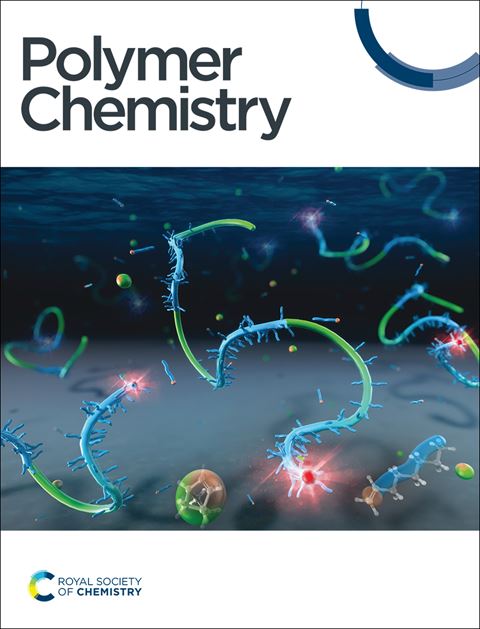用于可吸收支架3D打印的光固化树脂:合成、交联和后功能化
IF 4.1
2区 化学
Q2 POLYMER SCIENCE
引用次数: 0
摘要
近年来,人们一直致力于开发光固化生物材料,用于医学应用,如假肢、组织工程和药物输送。尽管基于光的3D打印技术能够制造出具有定制性能的可吸收医疗设备,但缺乏合适的可生物降解材料仍然限制了它们的全部潜力。本研究的重点是生产基于聚(全球)二丙烯酸酯的树脂,用于还原光聚合3D打印生物相容性和可生物降解材料。通过在配方中加入不饱和化合物,如聚乙二醇二丙烯酸酯、1,10-癸二醇二丙烯酸酯、n -乙烯基吡咯烷酮和n -异丙基丙烯酰胺,可以有效地调节凝胶动力学、机械性能和水解降解率。此外,n -乙酰半胱氨酸光交联膜通过巯基类点击化学成功后功能化,证明了材料在加工(光交联)后表面改性的潜力。作为生物学评价的一部分,根据ISO 10993-5标准测试了每种材料的体外细胞毒性。最后,使用基于lcd的SLA打印机成功验证了其中一种树脂用于还原光聚合3D打印的适用性。本文章由计算机程序翻译,如有差异,请以英文原文为准。
Photo-curable resins based on poly(globalide) for 3D printing of resorbable scaffolds: synthesis, crosslinking and post-functionalization
In recent years, significant efforts have been dedicated to developing photo-curable biomaterials for medical applications such as prosthetics, tissue engineering, and drug delivery. Although light-based 3D printing techniques enable the fabrication of resorbable medical devices with tailored properties, the shortage of suitable biodegradable materials still constrains their full potential. This study focused on producing resins based on poly(globalide) diacrylate for vat photo-polymerization 3D printing of biocompatible and biodegradable materials. By incorporating into the formulation unsaturated compounds such as poly(ethylene glycol) diacrylate, 1,10-decanediol diacrylate, N-vinylpyrrolidone, and N-isopropylacrylamide, the gelation kinetics, mechanical properties, and hydrolytic degradation rates were effectively modulated. Additionally, the successful post-functionalization of photo-crosslinked films with N-acetylcysteine through thiol-ene click-like chemistry demonstrates the material’s potential for surface modification even after processing (photo-crosslinking). As part of the biological evaluation, the in vitro cytotoxicity of each material was tested according to the ISO 10993-5 standard. Finally, the suitability of one of the resins for vat photo-polymerization 3D printing was successfully validated with an LCD-based SLA printer.
求助全文
通过发布文献求助,成功后即可免费获取论文全文。
去求助
来源期刊

Polymer Chemistry
POLYMER SCIENCE-
CiteScore
8.60
自引率
8.70%
发文量
535
审稿时长
1.7 months
期刊介绍:
Polymer Chemistry welcomes submissions in all areas of polymer science that have a strong focus on macromolecular chemistry. Manuscripts may cover a broad range of fields, yet no direct application focus is required.
 求助内容:
求助内容: 应助结果提醒方式:
应助结果提醒方式:


